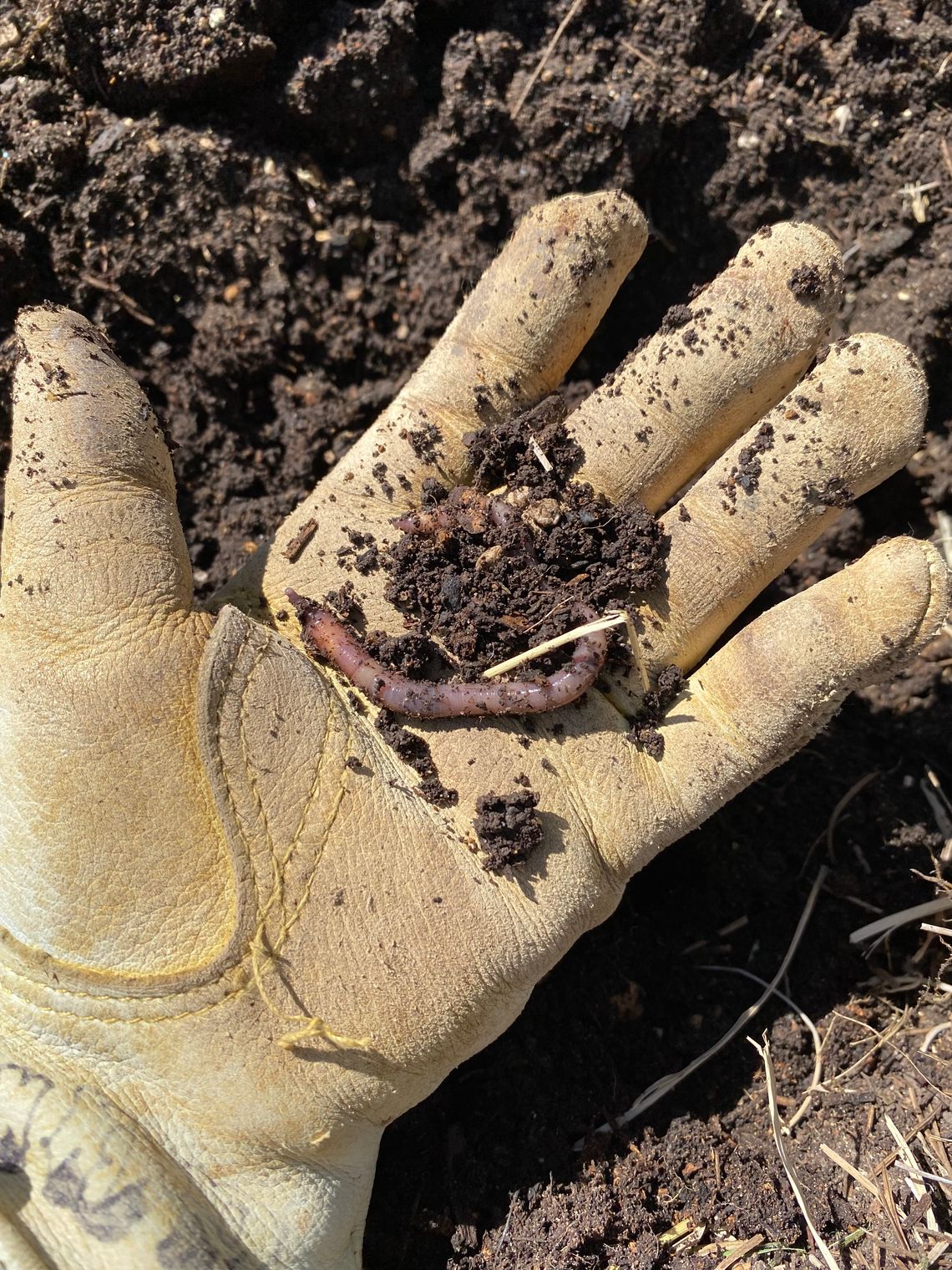Springtime is a great time for starting a compost pile. Compost piles are the ultimate recycling project because they turn waste into nutrients. If you don’t already have a compost pile, you should seriously consider starting one this year.
Compost piles keep plant and yard waste, kitchen scraps, leaves, grass clippings and most paper products out of the landfill. Nature breaks down all the things in your pile and transforms it into a valuable soil amendment for feeding your plants.
Even the most basic compost pile serves two functions. It keeps waste out of the landfill and recycles it into free plant food.
Compost piles are extremely easy to make. Your pile can be as fancy or simple. You can find plans on the internet on constructing an attractive, multi-bin system or you can just find a spot in your yard and start a pile on the right on the ground. As long as your pile is in contact with the ground, bins and piles work the same, so it doesn’t matter how it looks.
Compost piles need both brown and green plant material to break down efficiently. Green plant materials are those things like grass clippings, kitchen scraps, old plants you have pulled up from your garden and weeds. Green items are considered fresh and still have moisture. They are high in nitrogen.
Brown plant materials are materials that are dry, woody, and essentially dead. Leaves, wood chips, newspaper and cardboard are common brown items and high in carbon.
Ideally, an active compost pile is composed of two parts green and one part brown. This is a good, basic ratio for having an active, synergistic compost pile that breaks down large pieces of yard waste and kitchen scraps into a wonderful, rich dark brown compost that your plants will love.
An effective compost pile is always working. They don’t go dormant or take a break when the temperatures change in the winter and summer. They slow down a little during the cold and hot weather, but they don’t stop working. The soil microbes and critters, like worms and insects, are still working inside your compost pile, munching away on that plant material, and turning it into great compost.
Compost breaks down faster in a moist pile, so ensure your pile is slightly damp.
If you are just starting a pile or have an existing pile that is coming out of winter dormancy, you might want to consider adding some horticultural molasses to your pile.
Horticultural molasses is a type of sugar, it provides food for microbes living in the soil. Since it stimulates microbial activity, it’s often used to help rebuild soil that’s been subjected to synthetic fertilizers.
Horticultural molasses is available in dry and liquid formulas. Dry molasses is actually dried carrier material like pulverized grain hulls or soybean waste that is sprayed with liquid molasses to create an easy-to-spread sugar. Liquid versions are hydrating but are subject to evaporation.
Both types make great compost activators. For compost piles, use the liquid to help accelerate the decomposition of organic matter. The sugars stimulate the microbes, and they will start consuming the green and brown material in your compost pile.
Horticultural molasses is used for insect control, too. Spray it on plants to deter chewing and sucking insects like aphids. Use 1-2 tablespoons per gallon of water once a week during the growing season. It’s also an ingredient in many fire ant mound drenches.
Avoid using molasses on plants when temperatures rise into the 90s.
With 25 years of backyard gardening experience, Julie is a plant and nature enthusiast. She lives in Taylor and hosts the “Plow & Hose Organic Gardening in Central Texas” podcast and radio show that airs on KBSR, Black Sparrow Radio every Saturday and Sunday at 9 a.m.





